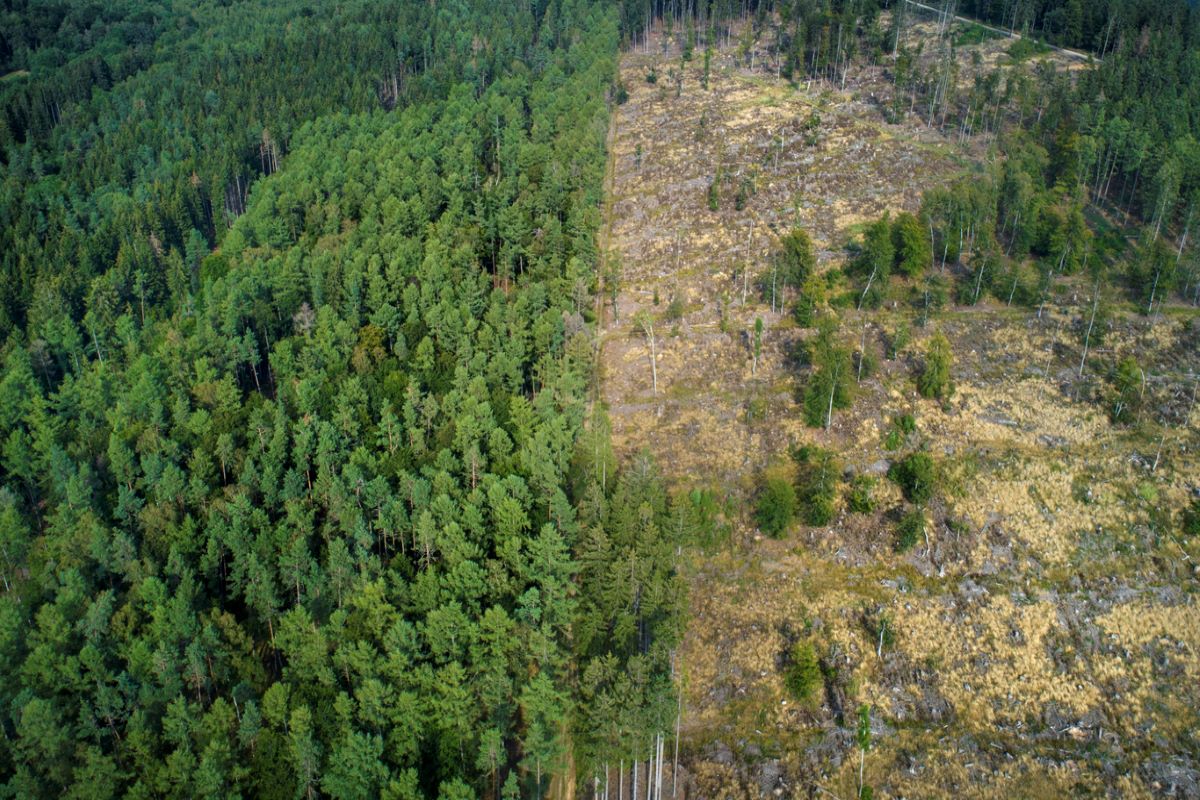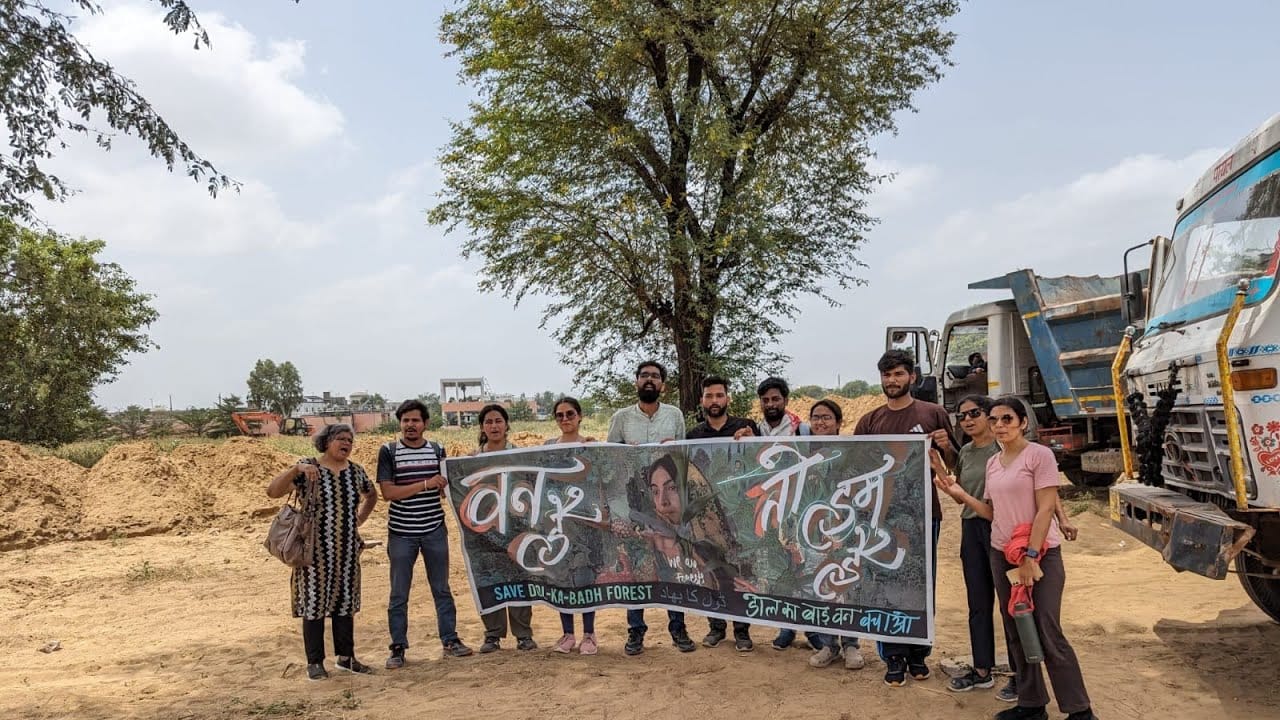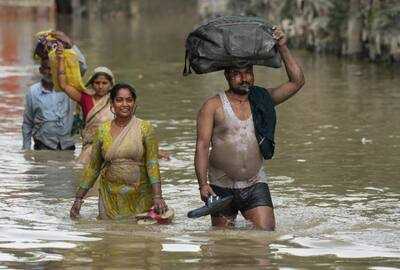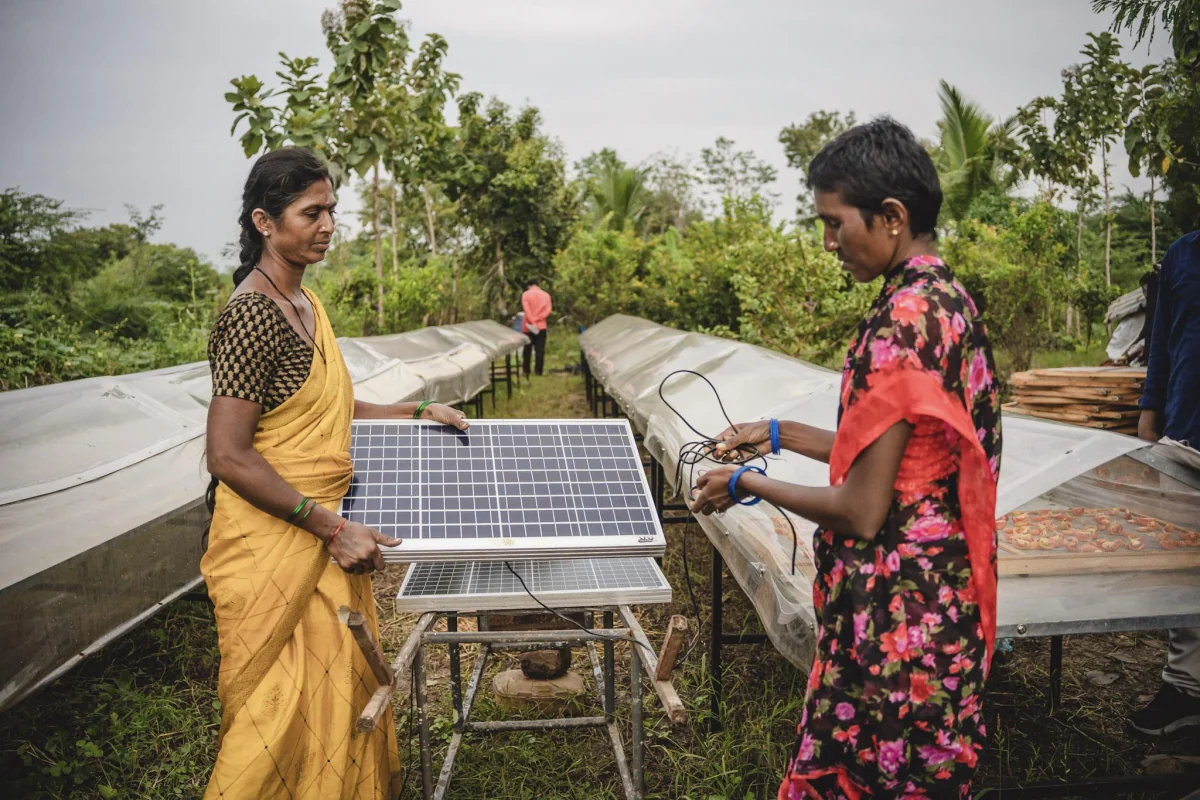The World Economic Forum’s Global Risk Report 2025 revealed geopolitical, societal, technological, and environmental challenges that threaten the stability and progress of the world. While geopolitical conflicts were the most pressing immediate risks for 2025, environmental risks seem to dominate the long-term outlook. Extreme weather conditions, biodiversity loss, and ecosystem collapse top the risk rankings. While the rapid urban expansion projects, aiming at economic development, have been at the center of government policies, these policies and projects come at a heavy cost for the ecology and the marginalised communities inhabiting those areas.
‘Save Dol Ka Badh’ campaign for Jaipur’s last remaining forest
On June 1, 2025, protests started in Jaipur under the campaign ‘Save Dol Ka Badh’ against the felling of around 2,500 trees that are spread across the 100-acre land in Dol Ka Badh forest. The state government, in partnership with the Rajasthan State Industrial Development and Investment Corporation (RIICO), plans to construct a Prime Minister Unity Mall, along with a Fintech Park and hotels, on this land, which, according to social activists and other protesters, can severely deplete the green cover in the area, leading to ecological imbalance and environmental concerns.

The protesters are objecting to the move, stating that they could have made a leeway if the government had decided to use 30 acres of the 100-acre land with low tree density for this ambitious project. According to them, such a big development project should not come at the cost of disrupting the balance of this crucial ecological zone, harming biodiversity, and aggravating the already poor air quality of Jaipur.
Dol Ka Badh is an important biodiversity hotspot—a sanctuary for more than 100 species. The Unity Mall project, under the guise of being an economic development project, can seriously impact the ecology of the region.
For the mall alone, it is estimated that around 600 to 700 trees will be felled. This area is a dense forest patch that is also the natural habitat of various bird and animal species. Activists call the forest a rare green space between Jaipur and the desert. The protests are not against the developmental project but rather against the ecological harm it involves. The protesters have continuously demanded that the developmental project be shifted to a different location so as not to harm the green cover that this forest provides.
Big development projects are a threat to ecology
Dol Ka Badh is an important biodiversity hotspot—a sanctuary for more than 100 species. The Unity Mall project, under the guise of being an economic development project, can seriously impact the ecology of the region. According to environmentalists, alternative locations for the development could be found that would not affect the valuable ecosystem of Dol Ka Badh forest.
These projects, under the guise of boosting the economy and accelerating urbanisation, lead to ruthless gentrification and loss of biodiversity while harming the ecology considerably by displacing the organisms residing within these areas through deforestation and an imbalance in the natural habitat of the region.
It is also important to note that this is not the only project that the authorities have embarked on, which is proving to be a threat to the natural habitat and ecology of these specified regions. In March, the University of Hyderabad campus in Telangana turned into a conflict zone over the auction of 400 acres of land—an urban forest in the Kancha Gachibowli village. Students started protesting against the auction, tree felling, and the projected destruction of the green forest cover on the land that once belonged to the university. The peacefully protesting students were lathi-charged, and police were deployed inside and outside the campus, suppressing the protesting students.
In March, the University of Hyderabad campus in Telangana turned into a conflict zone over the auction of 400 acres of land—an urban forest in the Kancha Gachibowli village. Students started protesting against the auction, tree felling, and the projected destruction of the green forest cover on the land that once belonged to the university.
The Aravalli Safari Project is an initiative by the Haryana government to develop a vast wildlife safari park—an attempt to promote ecotourism, employment generation, and biodiversity conservation. This project has also gained significant support for its initiative to conserve biodiversity while also promoting tourism. However, environmentalists believe that the development of the safari park can threaten the fragile ecosystem of this, the oldest mountain range. While the project aims to promote conservation, the construction of the park can disrupt the natural habitat of many species, while also triggering deforestation and loss of biodiversity.
The Association of Indian Primatologists (AIP), in a recent press release, highlighted the threat that the Great Nicobar Project—a mega infrastructure project worth ₹81,000 crore—poses to the fragile ecology of Great Nicobar Island. In the press release, AIP stated that ‘no wildlife conservation plan—not even the one described in the report submitted to the Environment Ministry by the proponents of this project, ANIIDCO (the Andaman and Nicobar Islands Integrated Development Corporation Limited)— is capable of mitigating the large-scale deforestation and land-use alterations proposed by the project.’ This project entails the felling of a million trees and can have an irrevocable impact on the habitat of the Nicobar long-tailed macaque, while also being highly destructive to the island’s ecology and indigenous population.
The ecological consequences of urbanisation and gentrification
The infrastructure built for upscale urban development projects is not without its ecological consequences. These constructions require a significant amount of energy, water, and materials. According to the United Nations Environment Programme, the building sector is responsible for 38% of global CO₂ emissions related to energy. The huge amount of carbon emissions in cities also simultaneously reduces precious carbon sinks. Furthermore, these constructions lead to the displacement of native species through habitat destruction and fragmentation, while also increasing the presence of non-native species in the region.
The infrastructure built for upscale urban development projects is not without its ecological consequences. These constructions require a significant amount of energy, water, and materials.
It has been estimated that the world has lost at least one-third of its forests due to increased agricultural production and urbanisation. As these forests continue to shrink due to growing urbanisation, it naturally increases both environmental and social impacts. As temperatures across the globe soar, it also ultimately leads to natural habitat and biodiversity loss.
Urbanisation, gentrification and the displacement of local communities
Developmental projects and urbanisation, while threatening the ecology of the region, also trigger gentrification—a process that transforms the character of a poor urban area as wealthier people move in and displace the current inhabitants of that region. Gentrification revitalizes urban areas through investment and innovation, as poor urban regions are revitalized to attract wealthy residents and businesses to these areas, boosting property values. This, in turn, displaces the indigenous and local inhabitants of the land who can’t keep up with the rising costs of living in that region.
The Urban Wildlife Institute conducted a study to understand biodiversity and mitigate human-wildlife conflict in cities. The results, while reflecting the effects of gentrification on animals, also provided evidence that nature is often inaccessible to marginalised urban communities.
The increasing number of government projects that aim to promote economic development fail to recognise the challenges and burdens faced by the ecology and the local communities residing within these regions. These projects uproot the communities and exacerbate inequality, while also severely impairing the biodiversity of the area, and it leads to habitat loss, fragmentation, and degradation. These projects don’t take into account that the displacement of low-income residents can disrupt the culture of historically marginalised communities and can alter the overall makeup of an area.
Separating socio-economic justice from ecological justice cannot lead to the creation of sustainable cities and urban areas. While upscale developmental projects like city malls can increase property values, they can heavily disrupt the ecology of the region by displacing local residents and concentrating environmental benefits in elite areas. The United Nations Department of Economic and Social Affairs (2018) warned that unchecked urban growth exacerbates resource scarcity and biodiversity loss. It is also important to understand that climate instability—fuelled by deforestation for rapid urban expansion and upscale projects—will worsen economic inequality.
Gentrification and urbanisation might lead to economic development, improve infrastructure, and increase economic opportunities, but development needs to be based on ecological ethics and equitable access that ensures biodiversity is neither harmed nor confined to high-income enclaves. This is crucial for the creation of urban ecosystems that are environmentally friendly.
About the author(s)
Reeba Khan is a Political Science student at Delhi University. As a writer and student journalist, she has a keen interest in issues of identity, conflict, and politics of belonging. She writes to remember and to resist








Hi there to all, for the reason that I am genuinely keen of reading this website’s post to be updated on a regular basis. It carries pleasant stuff.